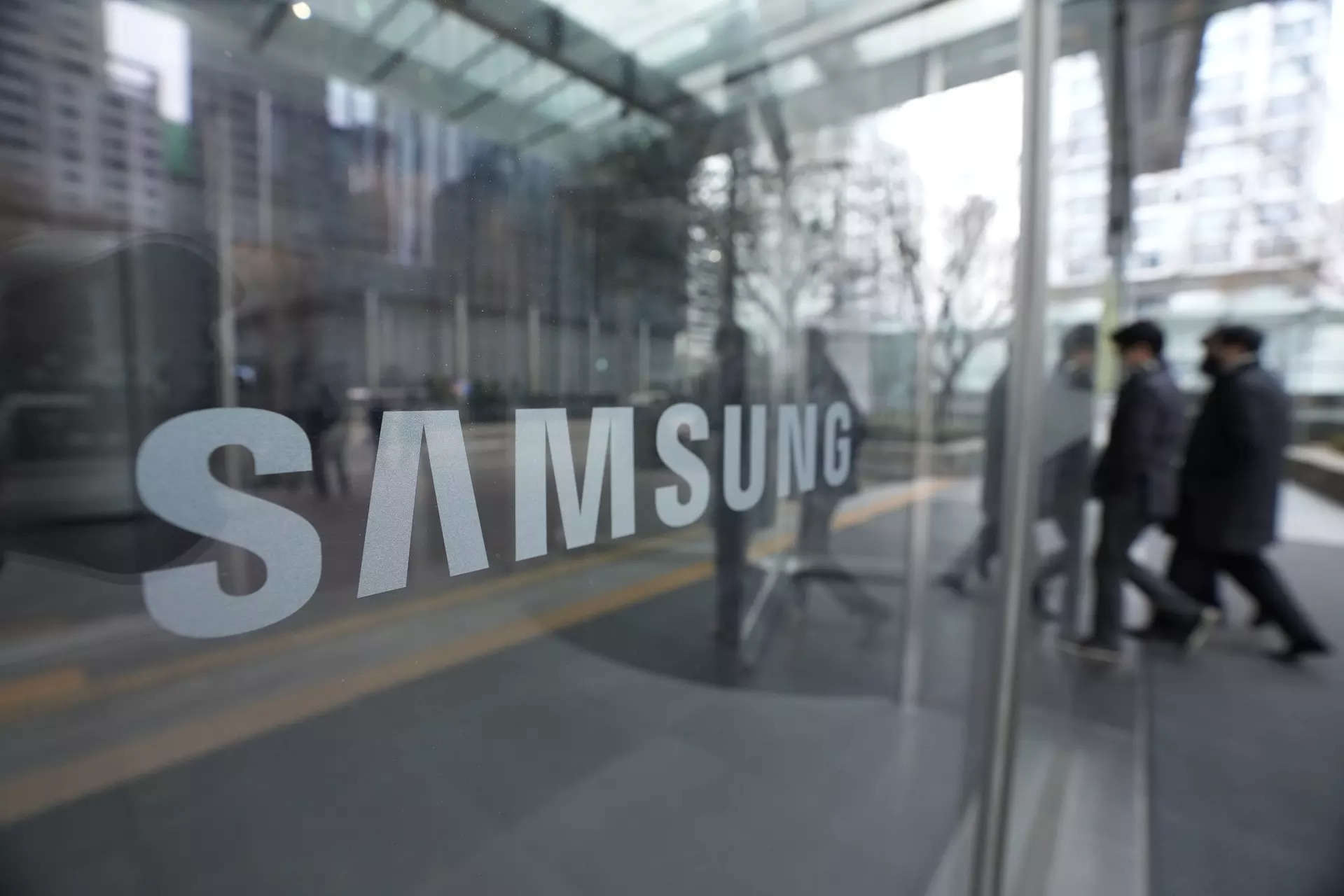Samsung: Samsung adds accessibility feature for colour-blind users in select TVs, monitors – Times of India
Samsung has clarified that the feature is not designed to diagnose, cure, mitigate or treat any disease or other conditions. The company also notes that information provided through this feature will be available for users’ convenience and should not be treated as medical advice.
How this feature will work
The company has mentioned that the SeeColours mode will include nine picture presets for users to select the option that is most suitable for them. The feature will adjust red, green and blue levels to ensure viewers can easily distinguish colors on the screen depending on their degree or type of CVD. Samsung has also noted that 2023 models will receive a software update that will add SeeColors to the accessibility menu.
To improve the viewing experience of CVD users on Samsung screens, TÜV Rheinland has also provided the company with the “Colour Vision Accessibility” certification. This recognition builds on Samsung’s commitment to accessibility, under the vision of “Screens Everywhere, Screens for All.”
“We are thrilled to introduce additional accessibility features, including SeeColors and Relumino mode, in our 2023 TV and monitor lineup to assist individuals with colour blindness and low vision. Under the vision of ‘Screens Everywhere, Screens for All,’ we will continue to innovate and bring inclusive technologies closer to our consumers,” said Seokwoo Jason Yong, Executive vice president of Visual Display Business at Samsung Electronics.
window.TimesApps = window.TimesApps || {}; var TimesApps = window.TimesApps; TimesApps.toiPlusEvents = function(config) { var isConfigAvailable = "toiplus_site_settings" in f && "isFBCampaignActive" in f.toiplus_site_settings && "isGoogleCampaignActive" in f.toiplus_site_settings; var isPrimeUser = window.isPrime; if (isConfigAvailable && !isPrimeUser) { loadGtagEvents(f.toiplus_site_settings.isGoogleCampaignActive); loadFBEvents(f.toiplus_site_settings.isFBCampaignActive); } else { var JarvisUrl="https://jarvis.indiatimes.com/v1/feeds/toi_plus/site_settings/643526e21443833f0c454615?db_env=published"; window.getFromClient(JarvisUrl, function(config){ if (config) { loadGtagEvents(config?.isGoogleCampaignActive); loadFBEvents(config?.isFBCampaignActive); } }) } }; })( window, document, 'script', );
For all the latest Technology News Click Here


